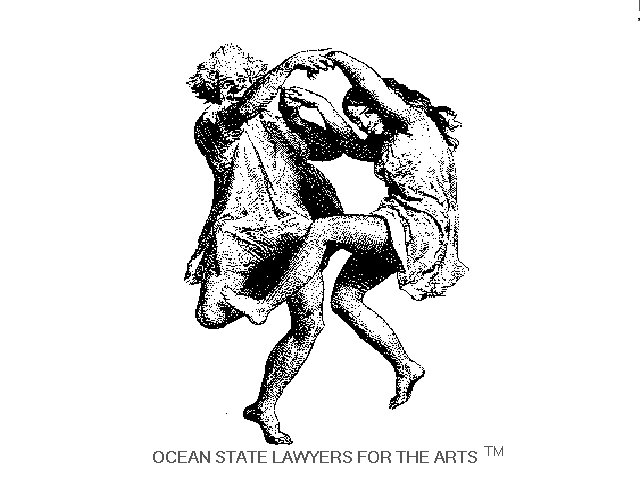
Under Federal Copyright law, the owner of a copyright has certain exclusive rights to the use of their copyrighted works, including the right to make derivative works - works that are based upon or use elements of the original, but incorporate new elements or changes.
One exception to this exclusive right has been the right of others to use part of the work for purposes of criticism, comment, news reporting, teaching, scholarship or research which would be considered a "fair use." Such fair use has traditionally included the right to parody or satirize the original work as such use has a public benefit of comment and criticism, and because the parody, generally, does not compete with the original, as it appeals to a different audience.
The rap group, 2 Live Crew, recorded a parody of the hit song, Oh Pretty Woman, without permission of the owner, Acuff-Rose Music. Acuff-Rose sued on the grounds that 2 Live Crew infringed its copyright. The Federal District Court decided that the new song was a fair use and dismissed the case, but on appeal, the Sixth Circuit Court of Appeals reversed that ruling stating that a parody in the sense of a critical commentary on the original work could not be a fair use where the parody sought only to make a profit.
Such a ruling can prohibit all forms of parody as all, or most, song parodies have some commercial purpose. Such is the argument of 2 Live Crew in its Supreme Court Appeal (No. 92-1292) which was set to be argued in the fall of 1992.
First Published Version, copyright 1993 David M. Spatt
SATIRE IS SAFE, for the moment.
The U.S. Circuit Court decision that the parody of Roy Orbison's "Pretty Woman" by the rap group 2 Live Crew was copyright infringement ran contrary to prior case law allowing parody of original artworks without the new work constituting infringement The U.S. Supreme Court has since reviewed this case. It decided that the existence of a commercial purpose does not destroy the fair use exception to copyright infringement. A four factor test must be applied.
Those four factors are: the purpose and character of the new use (including the question of a commercial purpose); the nature of the original work; the amount and substantiality of the portion used in relation to the original work as a whole; and the effect of the new use on the market or value of the original. The Supreme Court stated that the first factor should be more a question of whether there was a verbatim copying or whether the new use transformed the original and how extensive was the transformation.The Court of Appeals decision was based upon the rule that every commercial use is presumptively unfair. The Supreme Court rejected this rule, stating that the finding of a commercial useis only one factor in determining fair use.
There were other issues and rules expressed by the Supreme Court, but they are unrelated to the parody discussion. Suffice it to say that the parody continues to be a fair use exception to copyright infringement.
First Published Version, copyright 1994 David M. Spatt
THIS WEBSITE CANNOT BE USED AS A SUBSTITUTE FOR SOUND LEGAL ADVICE FROM A COMPETENT ARTS OR ENTERTAINMENT ATTORNEY. In the event of a legal problem or question, specific legal consultation is advised. This website is intended only as a means of educating arts organizations and artists of all disciplines as to their potential legal rights and liabilities. The information provided is made available with the understanding that neither OSLA nor the office of David M. Spatt is engaging in the rendering of legal counsel.
copyright 1997 David M. Spatt, All rights reserved
Reproduction is prohibited without the express written consent of the author

|
|